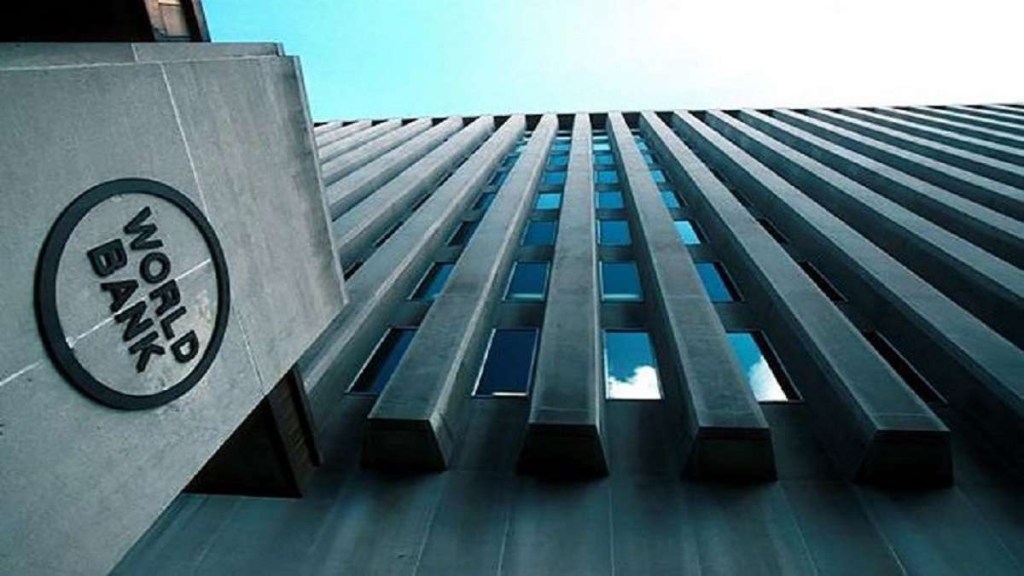India’s economic expansion is projected to be 7% in FY25 with larger-than-expected agricultural output and policies designed to raise employment growth expected to contribute to strong private consumption, the World Bank reiterated in a report on Thursday.
It said growth in public consumption is projected to moderate in line with budgeted fiscal consolidation.
“Investment growth is expected to moderate from a high base. Projected growth is close to India’s pre-pandemic, FY2016/17–FY2018/19, average growth rate and higher than for most other major EMDEs (emerging market and developing economies),” it said.
While the Reserve Bank of India pegs GDP growth in FY25 at 7.2%, several economists have a less optimistic outlook, and expect the growth rate to be at 6.8% or thereabouts.
Fiscal consolidation is expected to continue over the medium term, driven by robust revenue growth and a modest increase in current spending, it added.
The GDP growth of 6.7% in Q1 FY25 and the movements in high-frequency indicators till August fit well with the real GDP growth projection of 6.5 –7% for FY25 provided by the Economic Survey 2023-24, the finance ministry economists said recently. The International Monetary Fund and Asian Development Bank have also projected India’s economy to expand by 7% in FY25. The Reserve Bank of India (RBI) has projected the economy to grow by 7.2% in the year.
In India, inflation has remained within the RBI’s target range of 2–6% since September 2023, falling to just below the mid-point of the target range in July and August 2024 on easing food inflation. Inflation in food and beverage prices, which accounts for around half of the consumer price inflation basket, has been elevated since July 2023.
In India, growth in goods exports has remained muted, while services exports have continued to be resilient.
The World Bank has raised its growth forecast for South Asia to 6.4% in 2024 from an earlier estimate of 6%, citing the strength of domestic demand in India and quicker recoveries in crisis-hit countries such as Sri Lanka and Pakistan.
In India, the monetary policy rate remains at 6.5%. Domestic credit to the commercial sector grew by 13.5% in July—the fastest in South Asia. To slow lending, the Reserve Bank of India has increased regulatory scrutiny of lenders, it said.
